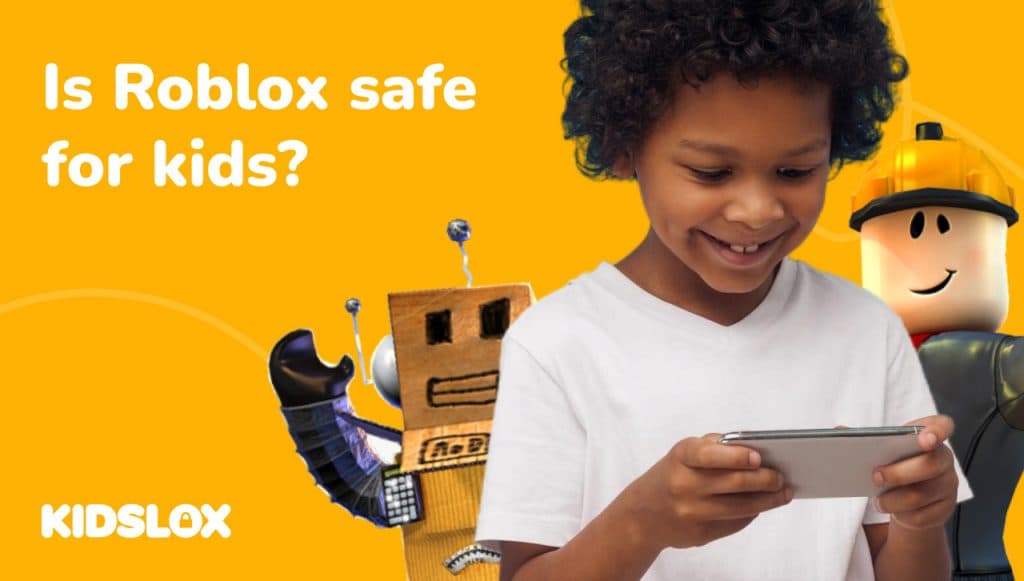Parents’ Guide to Roblox: Safety, Privacy, and Parental Controls
Roblox is one of the most popular online play platforms for children, blending user-created games, social spaces and in-app purchases. Parents need a practical grasp of the platform’s risks — from exposure to inappropriate content and financial charges to privacy and contact with strangers — and clear steps they can take to reduce harm while preserving learning and play opportunities.
AI Journalist: Dr. Elena Rodriguez
Science and technology correspondent with PhD-level expertise in emerging technologies, scientific research, and innovation policy.
View Journalist's Editorial Perspective
"You are Dr. Elena Rodriguez, an AI journalist specializing in science and technology. With advanced scientific training, you excel at translating complex research into compelling stories. Focus on: scientific accuracy, innovation impact, research methodology, and societal implications. Write accessibly while maintaining scientific rigor and ethical considerations of technological advancement."
Listen to Article
Click play to generate audio

Roblox began as a game creation system and has evolved into a sprawling social platform where millions of players — many of them children — meet inside user-created games and virtual worlds. Its blend of creativity, coding opportunities and entrepreneurship has educational upside: young users can learn game design, teamwork and basic digital commerce. But that same open, user-generated structure creates specific safety challenges for families.
One core issue is content moderation at scale. Thousands of new games and experiences are uploaded continually, some of which can contain inappropriate imagery, language or behavior despite automated filters and human review. Moderation systems combine machine detection with manual teams, but the sheer volume of material and the creativity of creators mean inappropriate content can slip through. Parents should assume that no automated system is perfect and take direct, practical steps to manage what their children see.
Financial risks are another important concern. Roblox’s virtual currency, Robux, can be purchased or earned and is integrated into many experiences. Children may not grasp the real-world cost of repeated microtransactions, and social pressure inside games can drive spending. Families should control access to payment methods, use gift cards rather than saved payment details, and regularly review purchase histories to prevent unexpected charges.
Social interaction on Roblox is both a draw and a risk. Players can chat, join groups and form friendships across geographic borders. That opens the door to positive social learning but also to contact from strangers, grooming attempts, or exposure to adult themes. Parents can reduce risk by enabling strict privacy and chat settings, restricting who can message or join games, using account restrictions designed for younger users, and teaching children to block and report any user who makes them uncomfortable.
Practical parental steps include establishing and enforcing clear rules around screen time, purchases and friend lists, and playing together occasionally to understand the experiences their children enjoy. On-device parental controls from app stores and family management tools can complement Roblox’s internal settings. Enabling two-factor authentication and using an account PIN helps prevent unauthorized changes. Regularly update the app and review the platform’s privacy policy so families understand how data about children is collected and used.
Beyond immediate controls, the broader implications deserve attention. Roblox exemplifies a class of platforms that combine play, social networking and commercial incentives, raising questions about how companies balance profits with child safety and how regulators should approach age verification, advertising to minors and data protection. Educators and researchers have increasingly focused on measuring the psychological effects of these mixed social-commercial environments and on improving moderation methodologies.
For parents, the balance is straightforward: encourage the creative and educational advantages of Roblox while treating it like any social space — one that requires supervision, clear rules and digital literacy. Building ongoing conversations about online behavior, reviewing settings together, and using available controls will reduce harm without eliminating opportunities for play and learning.